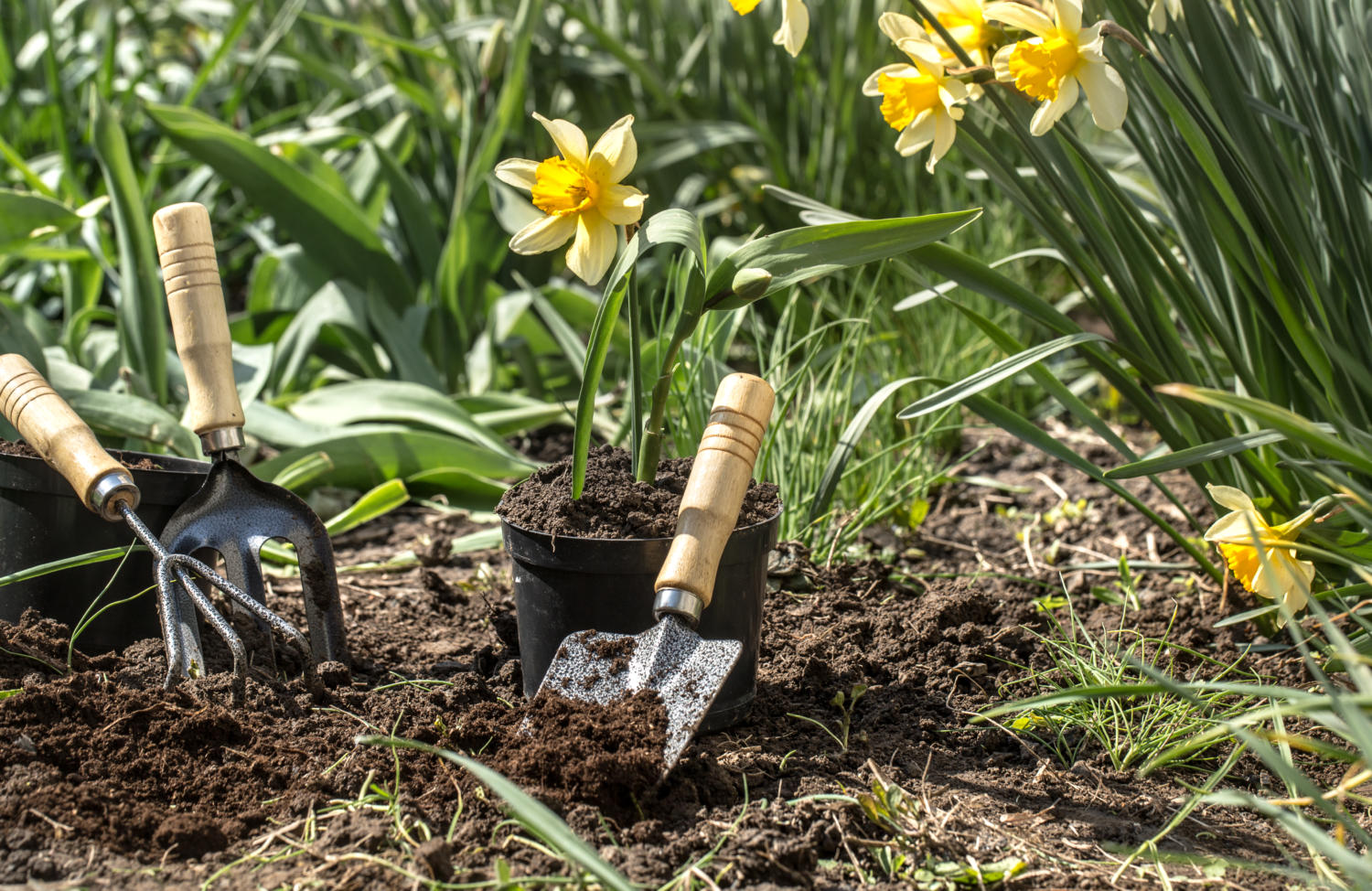
Our in-house gardening enthusiast returns with the answers to all your most burning questions. He discusses everything from dogwood to ferns…
Q. I have some dogwood plants in my garden. Could you give me some advice on when I should prune them please?
Many deciduous shrubs are grown mainly for their coloured stems, but when left to get larger they can produce beautiful flowers, fruit, and different coloured foliage. To achieve this, allow them to develop unpruned. Restrict the spread, if necessary, by cutting out one in four old shoots each year. This will also encourage new growth from the base. Neglected plants can be renovated by cutting out old wood at the centre of the bush. When cultivars are grown for their stem effect, allow the bush to grow unpruned in the first year after planting. Then cut all stems back to 5cm (2”) from the ground. In subsequent years, cut all stems back to two of the previous year’s growth.
Here are some examples of dogwood:
CORNUS ALBA SIBIRICA. This dogwood is one of the best in cultivation for its red stems.
CORNUS SANGUENEA ‘WINTER BEAUTY’. This dogwood produces fiery orange-yellow stems at the base, shading to pink and red at the tips, Its leaves turn golden-yellow in autumn.
CORNUS STOLONIFERA ‘FLAVIRAMEA’. The greenish yellow winter shoots of this dogwood are brighter in the winter sun, if regularly pruned.
CORNUS ALBA ‘KESSELRINGI’.Produces dark purple stems late into winter.
Q. Can you recommend some ferns for a damp shady site in a garden?
Of all the non-flowering perennials, ferns are easily the most garden-worthy, offering an exciting variety of shapes and heights for use as specimen plants or in bold groupings. Most of the following ferns are of medium to large size and will thrive given humus (rich soil), moisture and shade.
ASLENIUM SCHOLOPENDRIUM. This bold fern is easily recognised by its long leathery, evergreen fronds, marked beneath with stripes of brown spores.
ANTHURIUM ‘RED BEAUTY’. You’ll find finely divided, herbaceous leaves on this fern, that are thin and metal grey with purpled red veins.
ASLPENIUM ADIANTUM-NIGREM. A tough little evergreen fern with wiry black stalks and triangular leathery, shiny green fronds.
DRYOPTERIS ERYTHROSORA. One of the most colourful of hardy ferns. In spring and summer its coppery red fronds contrast with the shiny dark green winter fronds.
DRYOPTERIS WALLICHIANA. The erect fronds of this lovely fern form a big, semi-evergreen shuttlecock with dark scaly stalks. Its fronds grow taller when rich soil and shelter are provided.
OSMUNDA REGALIS ROYAL FERN.An impressive fern forming a bold clump of multiple fronds that often colour richly in autumn before dying back. It produces spikes of red-brown spores in summer.
POLYSTICHUM POLYBLEPHARUM. The distinctive shuttlecock of prickle-toothed, much divided fronds is covered at first with golden hairs. It’s particularly effective when planted with other ferns. Planting any fern in damp shaded areas will brighten any garden. These plants always shine.
Get in touch today if you have a gardening question at info@yourlocallink.co.uk.











Add a comment